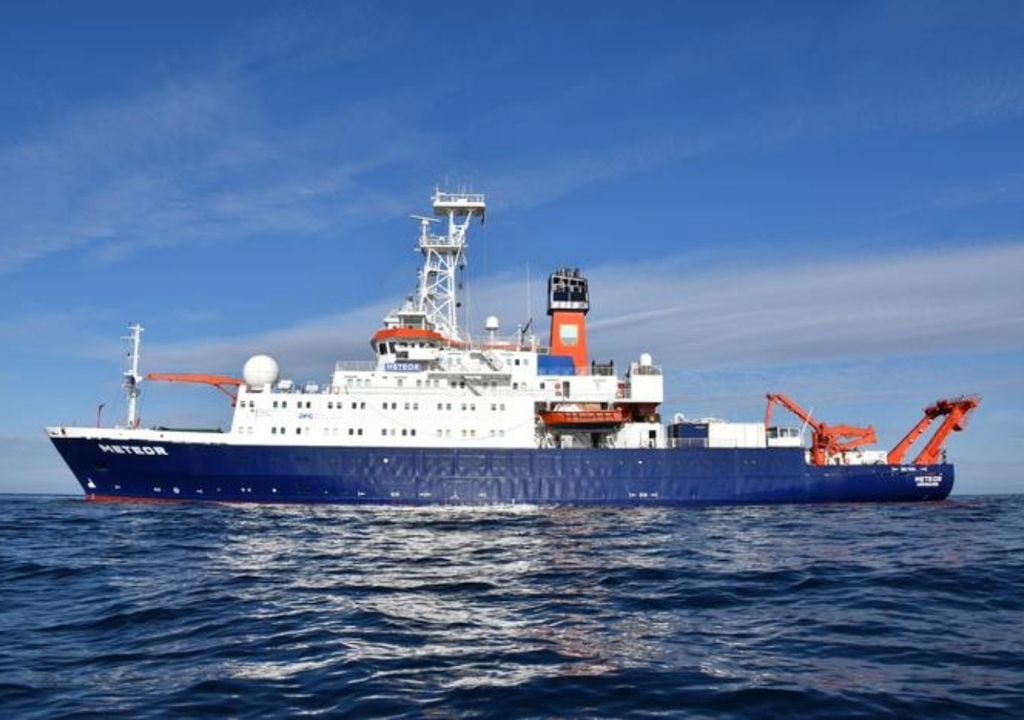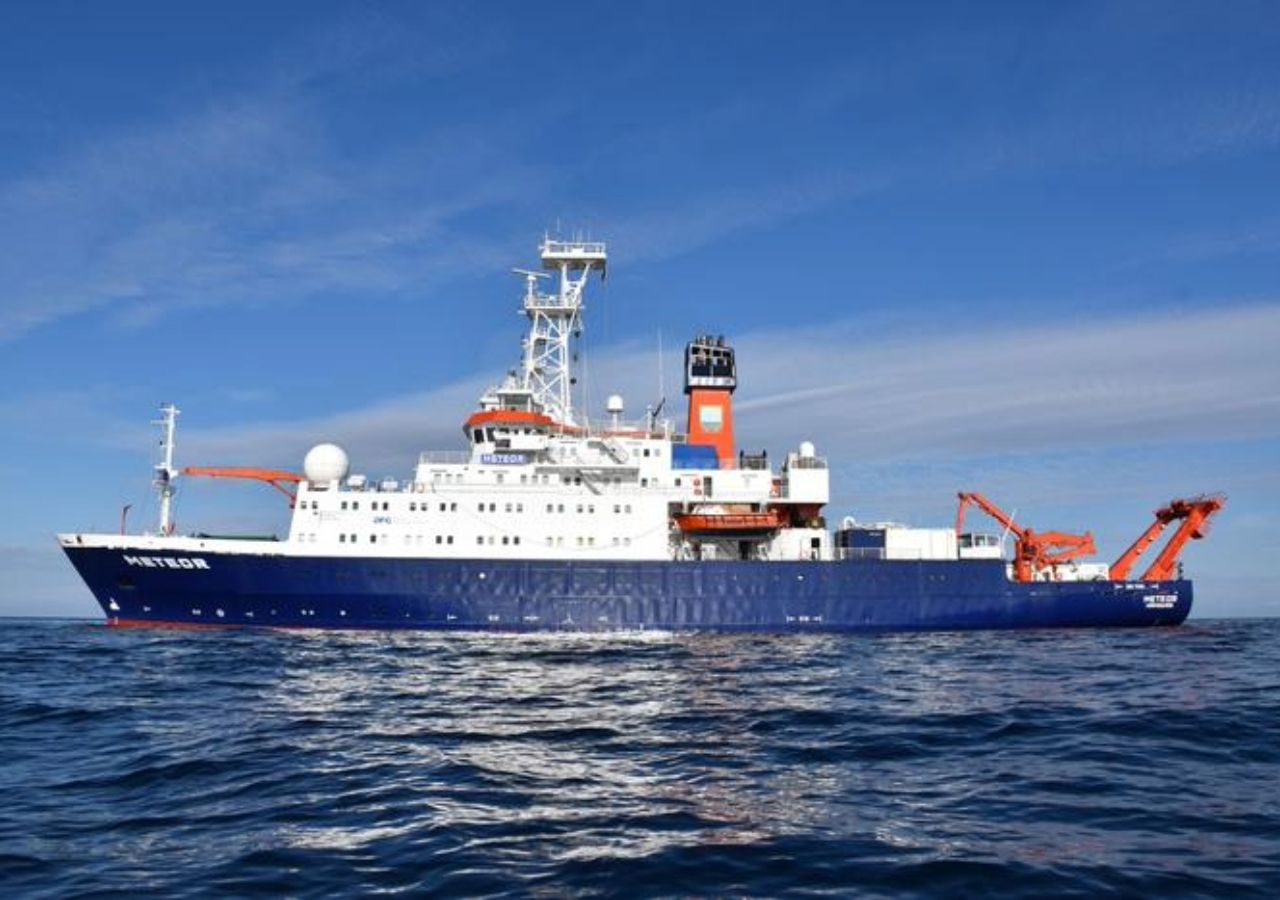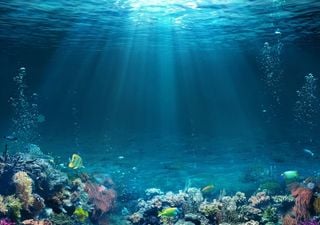 Research vessel METEOR, which collected the sediment cores. Credit: Andreas Koutsodendris.
Research vessel METEOR, which collected the sediment cores. Credit: Andreas Koutsodendris.
Hattie Russell 09/02/2025 10:00 4 min
A new study analysing sediment cores from the sea floor of the coastal regions surrounding the Aegean Sea has found that humans would have contaminated the environment with lead around 5,200 years ago, much earlier than previously thought. The team led by geoscientists from Heidelberg University combined the results with pollen analyses from the cores, which offered insights into socioeconomic change in the Aegean, reflecting events such as the Roman conquest of Greece.
Earliest evidence of lead contamination by human activity
The Aegean region produced some of the earliest cultures of ancient Europe, and the team investigated how human activities in the area would have affected the ecosystems on land and the ocean. They analysed 14 sediment cores from the Aegean Sea’s sea floor and surrounding coastline.
One of the cores from a peat bog revealed the earliest known evidence of lead contamination in the environment. The team dated the lead signal to around 5,200 years ago, which is 1,200 years earlier than previous evidence suggested.
 Photograph of the ocean. Credit: Pixabay.
Photograph of the ocean. Credit: Pixabay.
“Because lead was released during the production of silver, among other things, proof of increasing lead concentrations in the environment is, at the same time, an important indicator of socioeconomic change,” said Dr Andreas Koutsodendris, member of the Palynology & Paleoenvironmental Dynamics research group of Prof. Dr Jörg Pross at Heidelberg University’s Institute of Earth Sciences.
The cores that the research team analysed contained lead and pollen, and the pollen allowed the team to reconstruct the vegetation in the region. “The combined data on lead contamination and vegetation development show when the transition from agricultural to monetary societies took place and how that impacted the environment,” said Jörg Pross.
Lead concentrations spiked around 2,150 years ago, at the same time as deforestation and increases in agriculture. At this time, lead contamination evidence can be seen in the sediment of the Aegean Sea. “The changes coincide with the conquest of Hellenistic Greece by the Romans, who subsequently claimed for themselves the region’s wealth of resources,” said Heidelberg archaeologist Prof. Dr Joseph Maran. The Roman conquerors would have pushed the mining of silver, gold and other metals as ore extraction would have needed wood.
The cores were collected during expeditions of the METER and AEGAEO research vessels from 2001 to 2021, and as financed by The German Research Foundation (DFG) and the European Union.
News reference:
Societal changes in Ancient Greece impacted terrestrial and marine environments | Communications Earth & Environment. Koutsodendris, A., Maran, J., Ulrich Kotthoff, Lippold, J., Knipping, M., Friedrich, O., Gerdes, A., Kaboth-Bahr, S., Bahr, A., Schulz, H., Sakellariou, D. and Pross, J. 30th January 2025.


